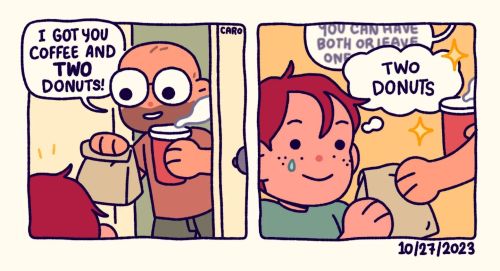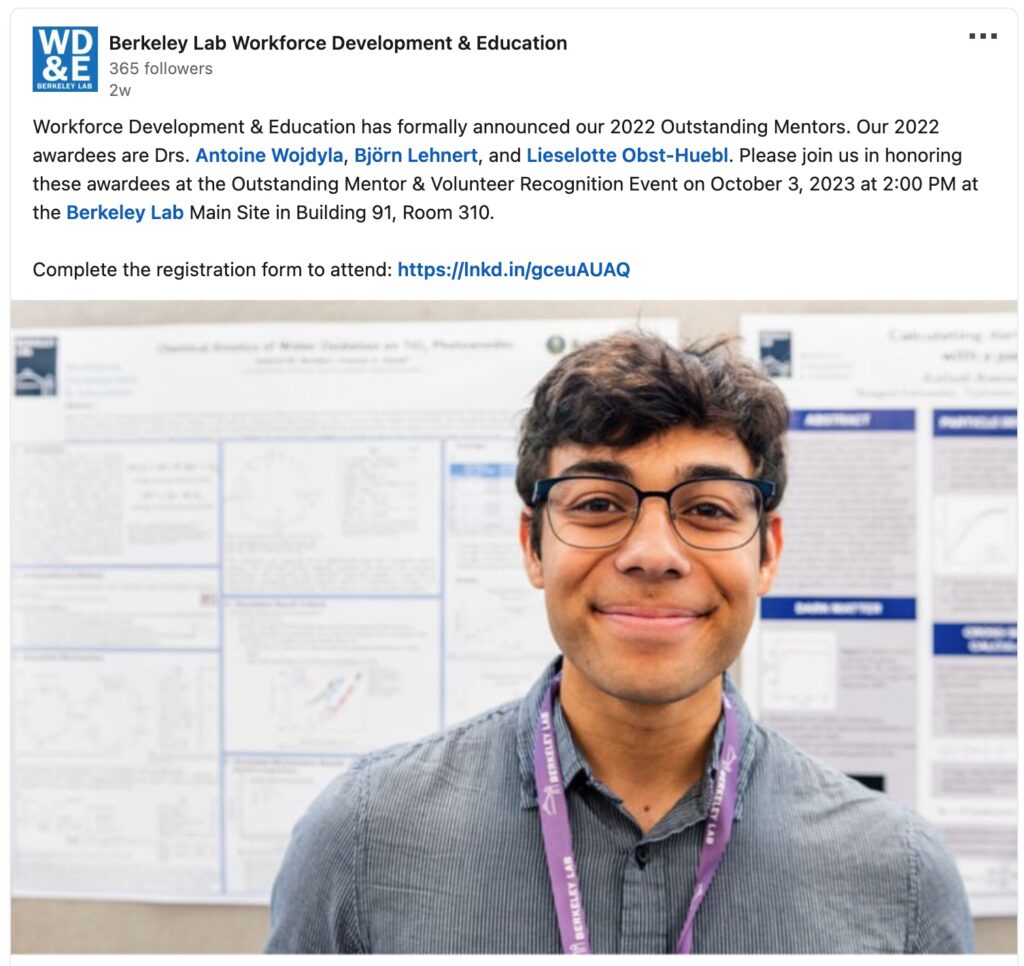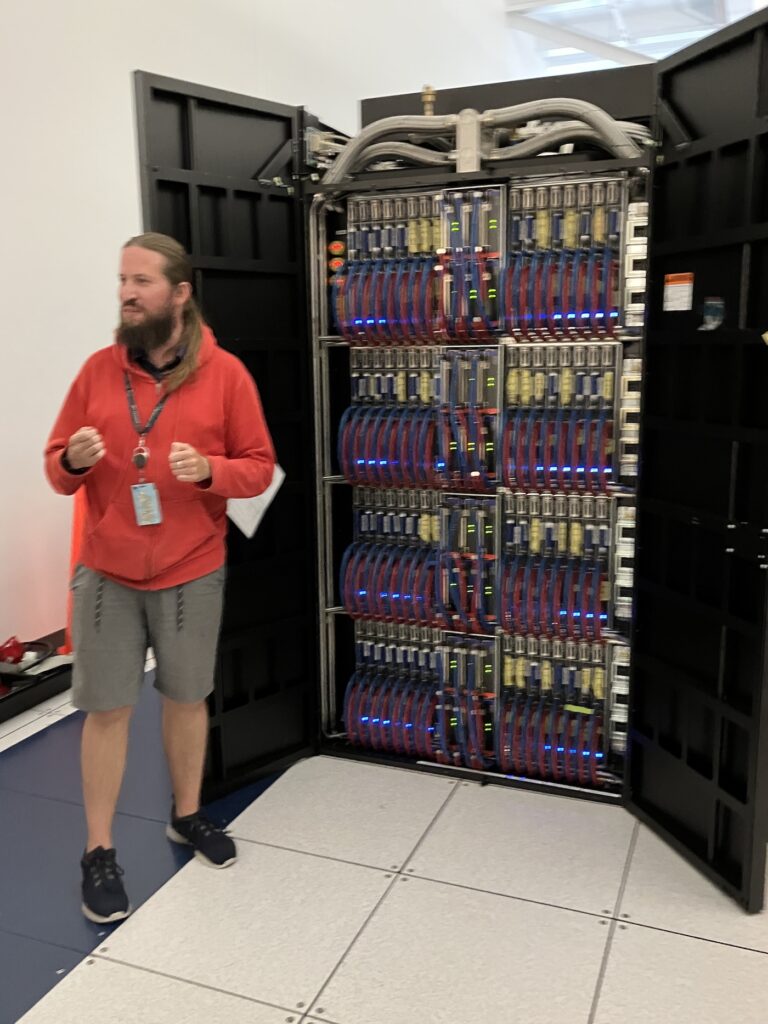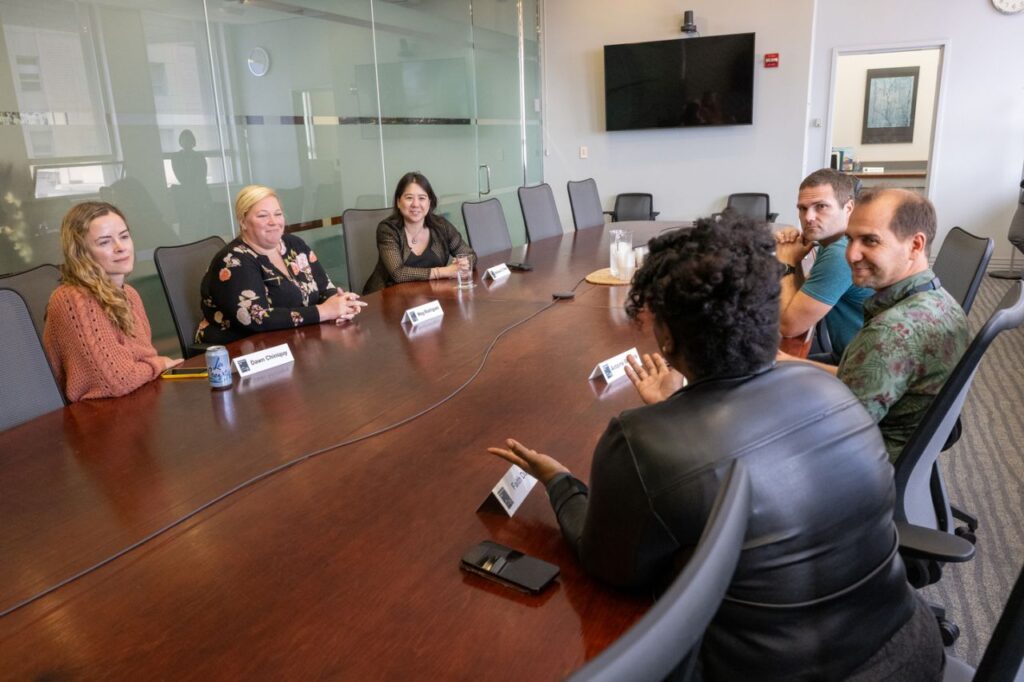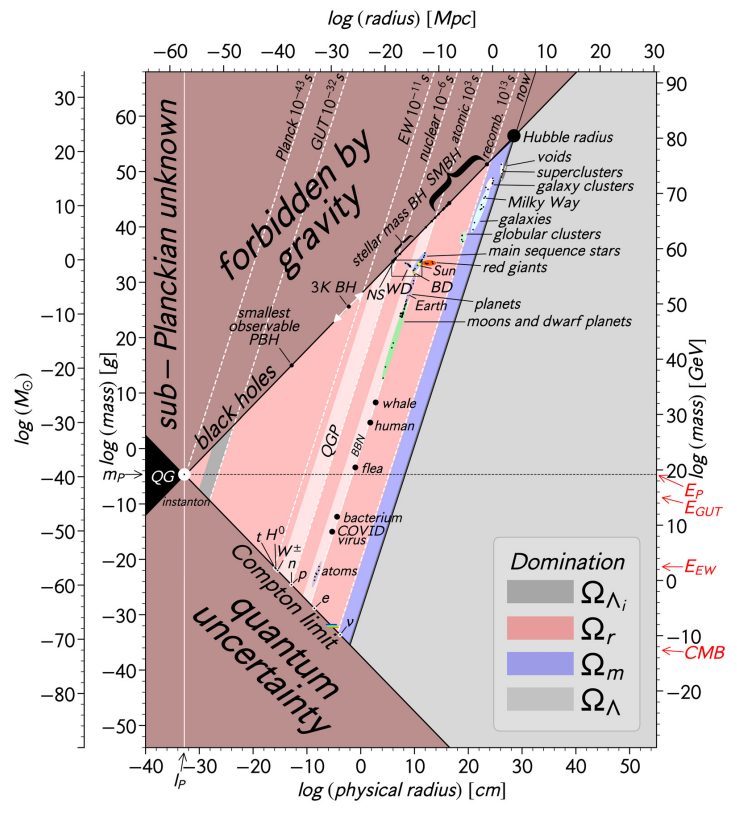The issue of Synchrotron Radiation News I had the honor to co-edit with my colleagues Lucia Alianelli from Diamond Light Source is out – hot off the press!
Table of Content – Synchrotron Radiation News 36-5 issue on New Developments in Beamline Design Tools (2024)Guest Editorial – Antoine Wojdyla and Lucia Alianelli
https://doi.org/10.1080/08940886.2023.2274751
Luca Rebuffi (Advanced Photon Source, USA) andManuel Sánchez del Río (European Synchrotron Radiation Facility, France)
https://doi.org/10.1080/08940886.2023.227474440 Years of SHADOW: Serving Four Generations of Synchrotron Facilities
Manuel Sánchez del Río (European Synchrotron Radiation Facility, France) and Luca Rebuffi (Advanced Photon Source, USA)
https://doi.org/10.1080/08940886.2023.2274745Status of the Synchrotron Radiation Calculation Code SPECTRA: New Functions and Latest Developments
Takashi Tanaka (Spring-8, Japan)
https://doi.org/10.1080/08940886.2023.2274757Applications of “Synchrotron Radiation Workshop” Code (SRW)
Oleg Chubar and colleagues (National Synchrotron Radiation Facility, USA)
https://doi.org/10.1080/08940886.2023.2274739New Features of xrt: Bent Crystals, Coherent Modes, Waves with OAM
K. Klementiev and R. Chernikov (MavIV, Sweden)
https://doi.org/10.1080/08940886.2023.2274735Developments in X-Ray Optics Modelling at Diamond Light Source
John P. Sutter and colleagues (Diamond Light Source, UK)
https://doi.org/10.1080/08940886.2023.2274754Beamline Optics and Modeling School (BLOMS) 2023
Kenneth Goldberg (Advanced Light Source, USA)
https://doi.org/10.1080/08940886.2023.2274746

 And you end up doing more things that you can accomplish. The reason often lies in the unrealistic assessment of the time it would take to complete a task, and I came across the “pi” rule, initially posited by my mentor Ken, with a pretty neat explanation from my colleague Val:
And you end up doing more things that you can accomplish. The reason often lies in the unrealistic assessment of the time it would take to complete a task, and I came across the “pi” rule, initially posited by my mentor Ken, with a pretty neat explanation from my colleague Val:
